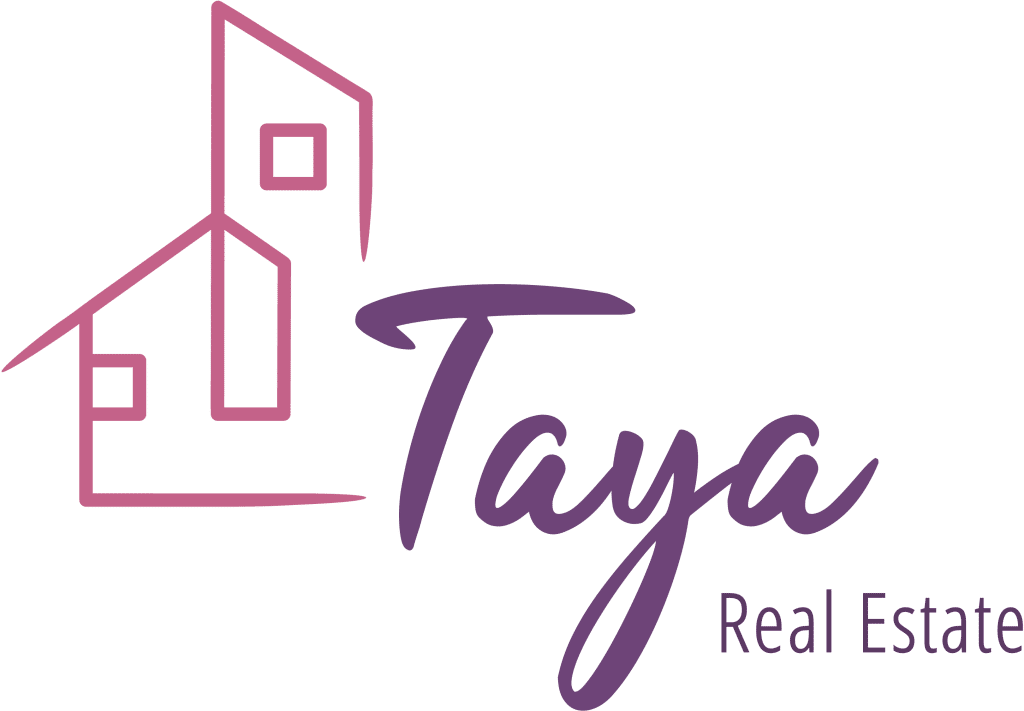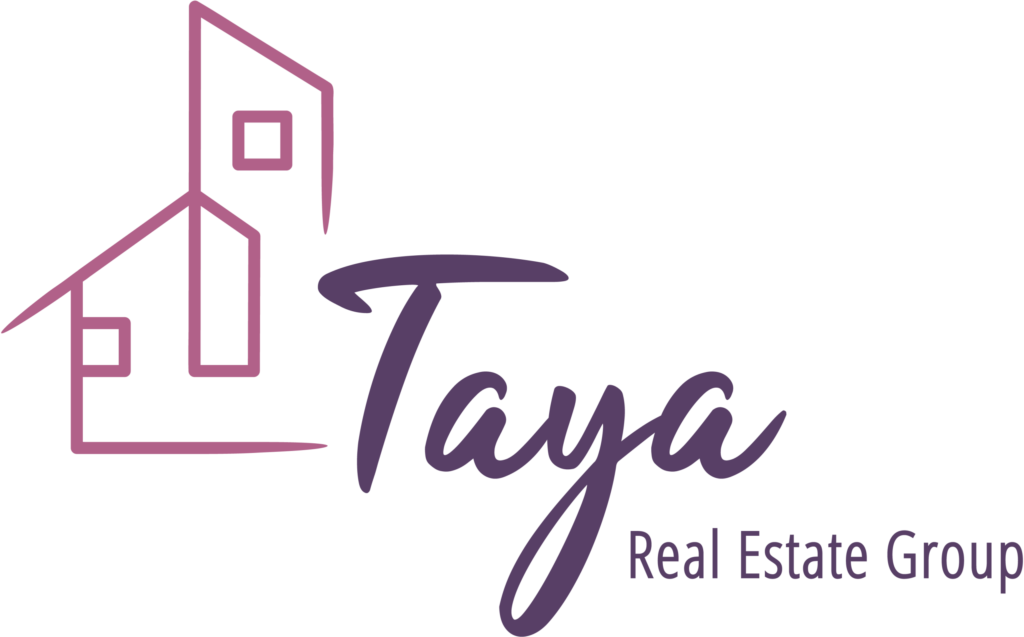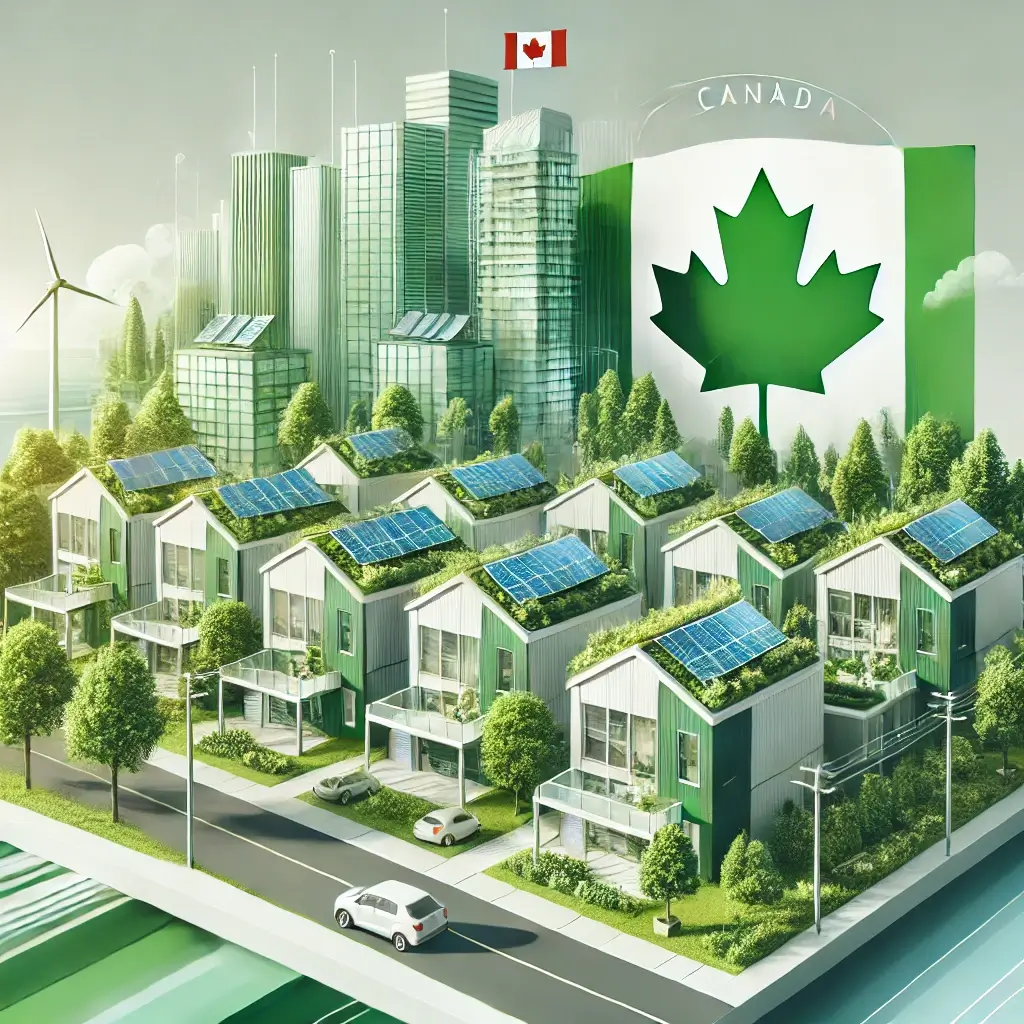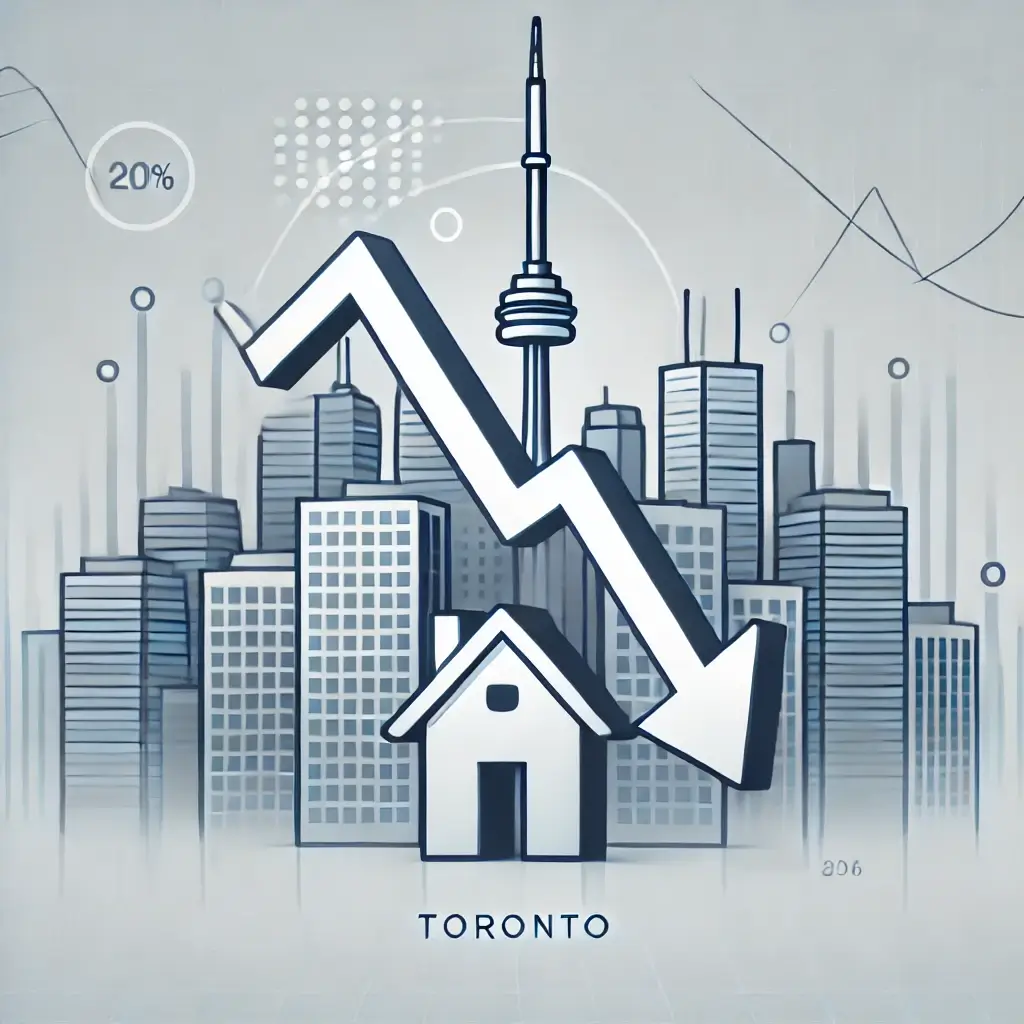Environmental, Social, and Governance (ESG) investing has become a dominant force across industries, and real estate is no exception. In Canada, a country known for its commitment to sustainability and environmental stewardship, ESG principles are shaping the future of real estate investments. From energy-efficient buildings to affordable housing projects and ethical corporate governance, ESG factors are not just buzzwords—they are critical considerations for investors seeking long-term value and impact.
This blog explores the role of ESG in Canadian real estate, its growing importance, and actionable insights for investors looking to align their portfolios with sustainability goals.
What is ESG in Real Estate?
Environmental (E):
- Focuses on reducing carbon emissions, energy consumption, and waste in property development and management.
- Includes investments in green buildings, renewable energy integration, and sustainable urban planning.
Social (S):
- Prioritizes creating affordable housing, community-focused developments, and inclusive spaces.
- Addresses tenant well-being, safety, and accessibility.
Governance (G):
- Encompasses transparent corporate practices, ethical decision-making, and accountability in property development and management.
Why ESG Matters in Real Estate
1. Regulatory Pressures
Canada has set ambitious goals to achieve net-zero carbon emissions by 2050. These regulations directly impact real estate through:
- Energy efficiency standards for new developments.
- Retrofitting requirements for existing buildings to improve sustainability.
2. Consumer Demand
Tenants and buyers increasingly prefer properties with sustainable features, from energy-efficient appliances to eco-friendly construction materials.
- Example: A survey by the Canada Green Building Council (CaGBC) found that over 80% of tenants would pay a premium for buildings with sustainable certifications.
3. Financial Incentives
Green buildings often qualify for government grants, tax breaks, and lower insurance premiums, making them more attractive to investors.
4. Long-Term Value
Sustainable properties are less vulnerable to future regulatory risks, energy price fluctuations, and shifting market preferences, ensuring better long-term returns.
ESG Trends in Canadian Real Estate
1. Rise of Green Buildings
Green certifications like LEED (Leadership in Energy and Environmental Design) and BOMA BEST are becoming standard for commercial and residential properties.
- Case Study: The Toronto Dominion Centre, a LEED-certified office complex, reduced its energy consumption by 40% after implementing energy-efficient upgrades, attracting high-profile tenants like PwC and Deloitte.
2. Renewable Energy Integration
Solar panels, wind energy, and geothermal systems are being incorporated into new developments.
- Example: The Helios Building in Calgary generates 60% of its energy from rooftop solar panels, significantly reducing operating costs.
3. Affordable Housing with a Social Impact
Developers are focusing on projects that combine profitability with social good.
- Case Study: The Toronto Community Housing Corporation has partnered with private investors to create mixed-use developments that include affordable housing units alongside market-rate properties.
4. Smart Technology for Energy Management
Smart thermostats, lighting, and water systems are becoming staples in ESG-aligned properties, optimizing resource usage and reducing costs.
5. Focus on Climate Resilience
Developments are incorporating flood-proofing, heat-resistant materials, and other climate-resilient features.
- Example: Waterfront Toronto’s Quayside Project is designed to withstand rising water levels while prioritizing sustainability.
Benefits of ESG in Real Estate Investing
1. Higher Rental Yields
Sustainable properties often attract tenants willing to pay higher rents for eco-friendly and energy-efficient spaces.
2. Lower Operating Costs
Energy-efficient buildings reduce utility bills, increasing net operating income (NOI) for investors.
3. Improved Marketability
Properties with strong ESG credentials stand out in competitive markets, appealing to environmentally conscious buyers and renters.
4. Access to Institutional Capital
Large funds and REITs increasingly prioritize ESG-compliant investments, creating opportunities for developers and investors aligned with these goals.
Challenges of ESG in Real Estate
1. High Upfront Costs
Green retrofits and sustainable certifications can be expensive, particularly for smaller developers.
- Advice: Leverage government incentives and partner with ESG-focused funds to offset costs.
2. Measuring Impact
Quantifying social and environmental impact remains a challenge for many investors.
- Solution: Use standardized metrics like the GRESB Real Estate Assessment to evaluate ESG performance.
3. Regulatory Complexity
Navigating Canada’s evolving ESG regulations can be daunting.
- Tip: Work with ESG consultants and legal advisors to ensure compliance.
How to Align Your Investments with ESG Goals
1. Prioritize Green Buildings
Invest in properties with LEED, BOMA BEST, or other sustainability certifications to ensure compliance with environmental standards.
2. Explore Mixed-Use Developments
Support projects that combine affordable housing, retail spaces, and community amenities to address social goals.
3. Engage in Ethical Partnerships
Work with developers and property managers committed to transparent and ethical practices.
4. Leverage Technology
Use AI and data analytics to identify high-growth areas with strong ESG potential.
5. Monitor Performance
Regularly assess the environmental, social, and financial impact of your investments using ESG benchmarks like GRESB or UN PRI standards.
Case Study: ESG in Action
The Project: The Zibi Community in Ottawa-Gatineau
- A 34-acre mixed-use development, Zibi is one of Canada’s most sustainable communities.
- Environmental Features: Net-zero carbon emissions, district energy systems, and rainwater harvesting.
- Social Impact: Affordable housing units and community engagement programs.
- Governance: Transparent partnerships between public and private stakeholders.
The Result:
- Attracted global investors and tenants committed to sustainability.
- Increased property values by 25% within three years of launch.
Future of ESG in Canadian Real Estate
1. Stricter Regulations
Expect tighter building codes and more aggressive net-zero targets, increasing the demand for ESG-aligned properties.
2. Technological Innovations
Emerging technologies like carbon-capture materials and blockchain for transparency will drive ESG adoption.
3. Global Investment Trends
International investors are prioritizing ESG-compliant portfolios, making Canada an attractive market for sustainable real estate.
Final Thoughts
Sustainable investing is no longer optional—it’s the future of Canadian real estate. By aligning with ESG principles, investors can secure long-term profitability while contributing to a more sustainable and equitable housing market.
At Taya Real Estate, we help investors navigate the complexities of ESG-focused real estate. From identifying green properties to maximizing ROI, our team provides expert guidance tailored to your goals. Visit Taya Real Estate or follow us on Facebook for more insights.
